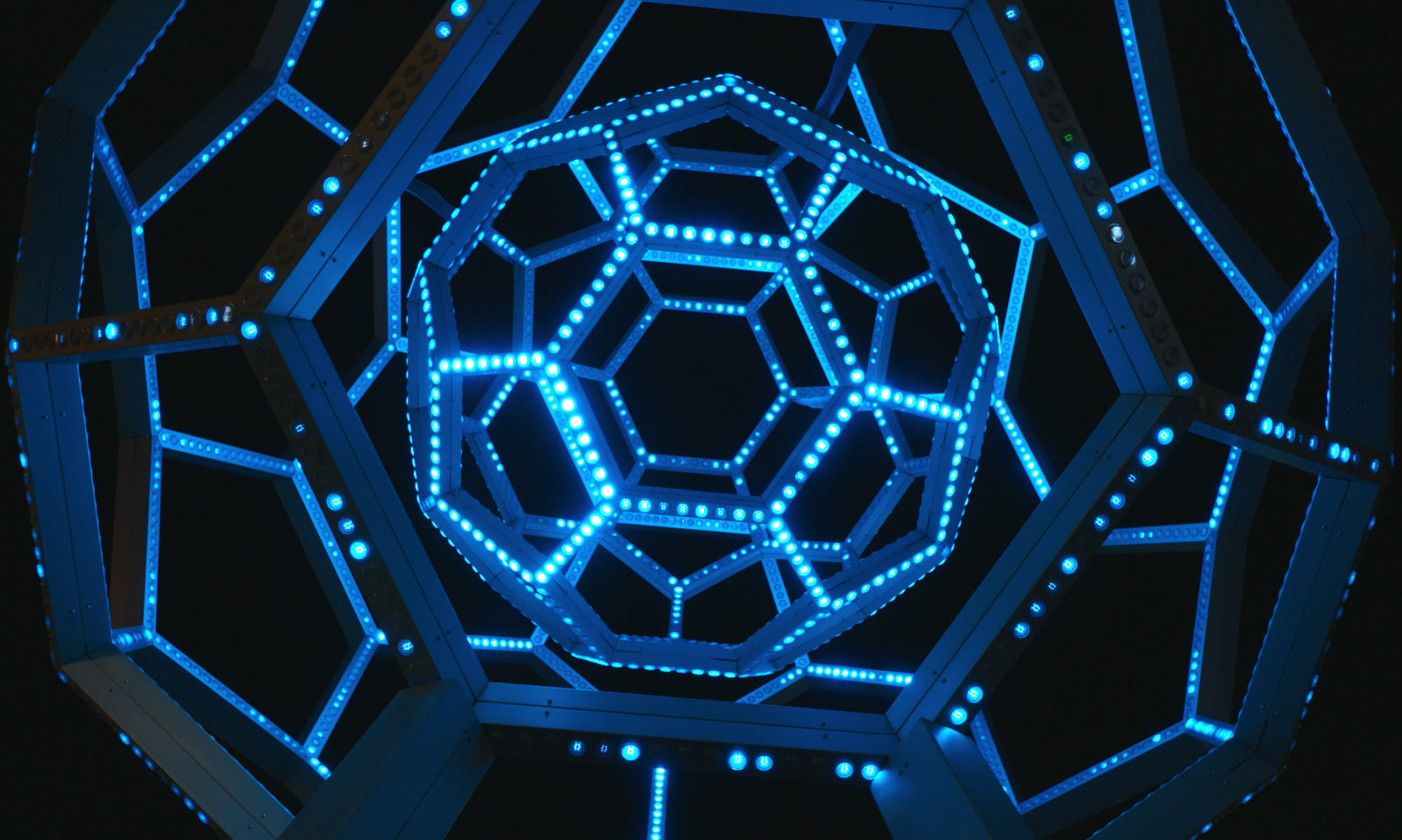I decided to order my materials ahead of time but only some of them have arrived and others need additional prep work to be able to prototype with. Bolded are the ones that have arrived.
Shopping List:
- Adafruit FLORA – Smaller version of the Arduino Uno, used for wearble tech. Easy to integrate if I decide to make my web more thread-y.
- Raspberry Pi Zero – Needed a small form factor Linux that can communicate with the FLORA.
- Raspberry Pi case & accessories so I can power it and keep it safe.
- Wardriving USB Wifi dongle – Has additional scanning capabilities compared to a standard USB Wifi dongle (Can only see Routers/Access Points).
- 100pc ALITOVE Smart Pixel LEDs – Cheaper versions of NeoPixels. Hopefully will make this project easier to program. They require some soldering before I can use them for prototyping.
- Fiber Optic Threads – Could be cool to integrate into the web.
- More LEDs – The standard 2-pin ones in various colors. Just in case!
On the maquette itself, I started making what I would imagine the form would be for my Web of Things.

Didn’t have any sturdy rope so I used several loops of sewing thread instead.
The middle (currently the plastic lid of this morning’s Dunkin’ Donuts coffee cup) would be where the spider and all the electronics would be residing on top of. Keeps the threads in the center distributed.
The upside to this configuration is that it is very lightweight. I can easily knot more strands to the ends and expand upon it. On the downside, it’s pretty flimsy. The web tangles easily and the shape/form of the web doesn’t stay well. I will probably use lightweight wire as the base in future iterations. That way it can still be malleable and still have a “hangy-hangy” look to it.
Also really itching to use the FLORA I just bought, but I haven’t been able to prepare the NeoPixels. Luckily, the FLORA board has one already built-in. Booted it up with the sample sketch Adafruit provides, which flashes the primary colors for half a second, and then runs a color wheel.

REAL BRIGHT.
That’s ok though. There’s a library function that turns the brightness down!

Next, I played around with fiber optic cables with the current configuration. Strapped one side to the board’s light with a tie clip & an alligator clip and fed the other through the plastic lid. The fiber optic cables really wanted to keep their curled up form so it was very hard to get it to stay in the places I wanted them to.

Bad quality photo. Sorta works? You can see 2 dots, which are the ends of the cable.
Next week I’m hoping the Pi comes in so I can hook it up to the FLORA and get some cross-board communication working. That and making a more malleable web.
